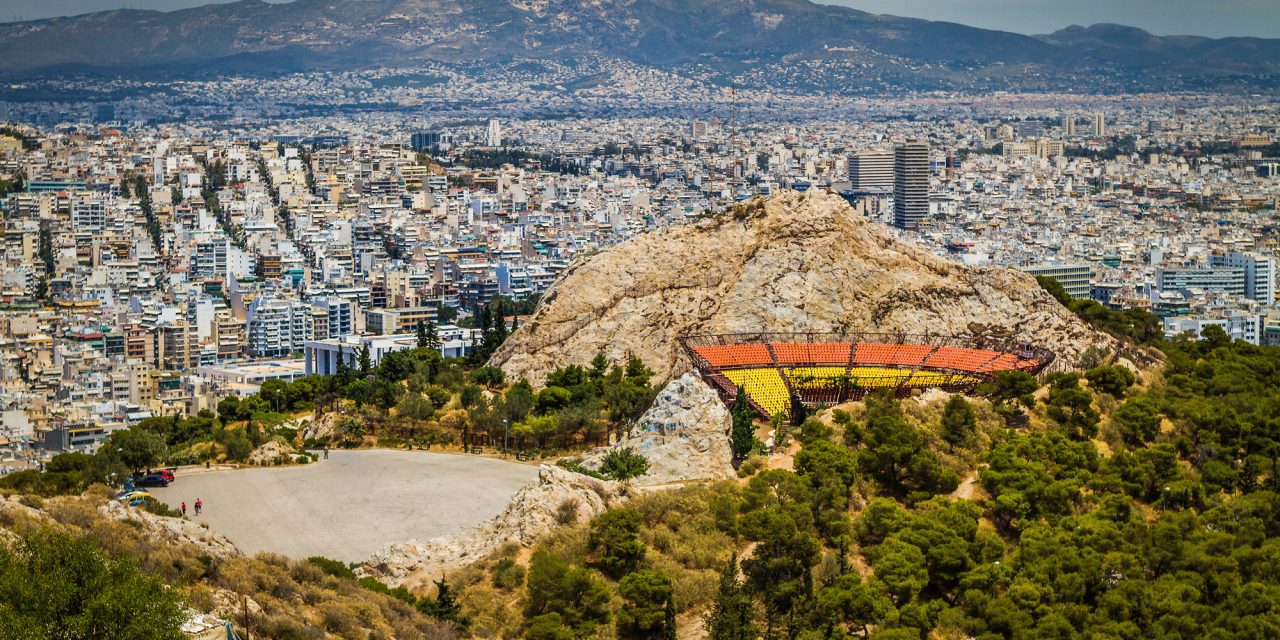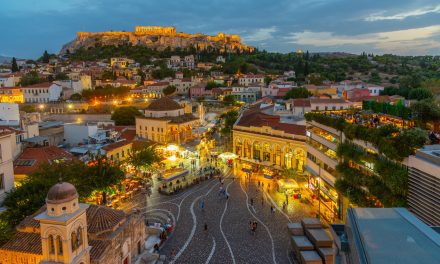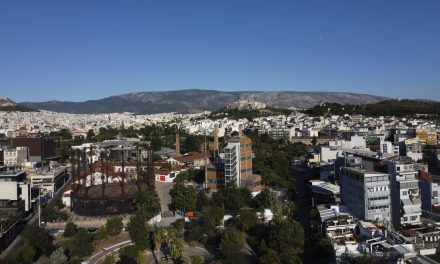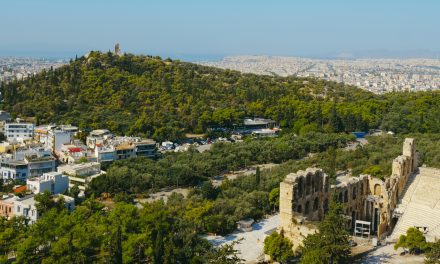Nestled on the slopes of Mount Lycabettus, the Lycabettus Theatre is a stunning open-air performance venue that has captivated audiences for generations. With a rich history and a unique location overlooking the city of Athens, this amphitheater has become an iconic symbol of Greek culture and a must-visit destination for tourists and locals alike. In this article, we will delve into the fascinating past of the Lycabettus Theatre, explore its architectural marvel, and discuss some of the unforgettable performances that have graced its stage.
A Brief History of Lycabettus Theatre
The Lycabettus Theatre was built in 1965, making it a relatively modern addition to the ancient landscape of Athens. Designed by architect Takis Zenetos, the amphitheater was constructed on a pre-existing rock formation on Mount Lycabettus, providing the venue with its unique terraced seating and breathtaking views. Since its inception, the Lycabettus Theatre has attracted international attention, hosting a wide variety of events, from live music and dance performances to theatrical productions and film screenings.
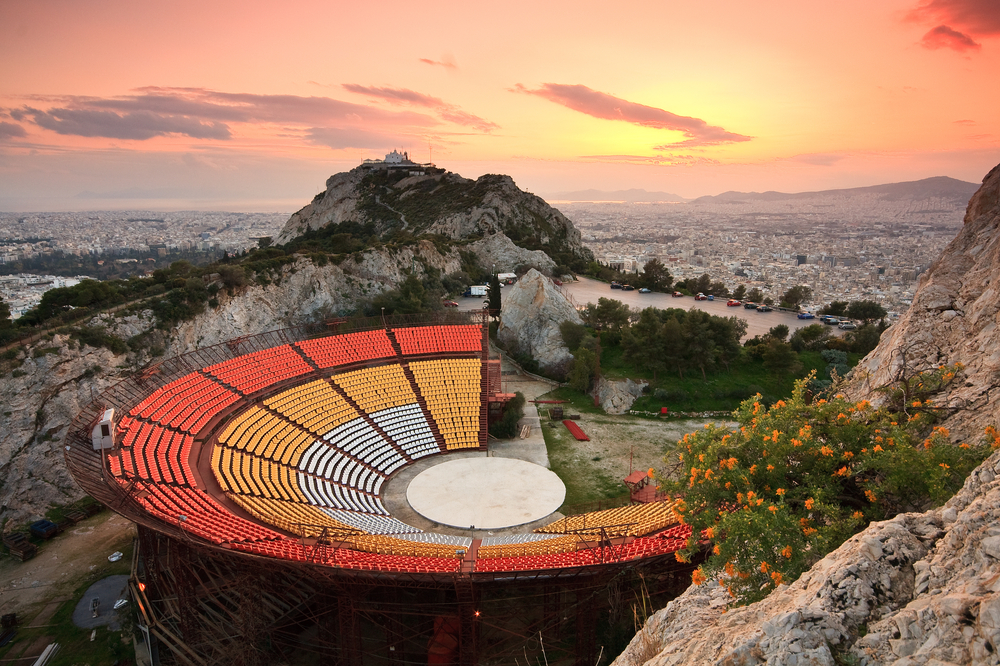
Architectural Marvel
One of the most striking features of the Lycabettus Theatre is its location. Perched 277 meters above sea level, the amphitheater offers panoramic views of the city and the surrounding landscape, making it a truly awe-inspiring setting for performances. The theater can accommodate up to 3,000 spectators, and its seating is cleverly designed to blend seamlessly into the natural environment.
The stage itself is a testament to Greek architectural prowess, showcasing minimalist design principles that complement the theater’s natural surroundings. This simplicity allows for a focus on the performances themselves, ensuring that the theater remains a versatile venue for a diverse range of events.
Iconic Performances
Over the years, the Lycabettus Theatre has been graced by numerous legendary performers, solidifying its reputation as a world-class venue. Notable artists who have taken the stage at Lycabettus include Ray Charles, James Brown, Bob Dylan, and the Greek national treasure, Mikis Theodorakis. The theater has also played host to prominent dance troupes, such as the Alvin Ailey American Dance Theater, and theatrical productions of ancient Greek tragedies and comedies.
In recent years, the Lycabettus Theatre has expanded its programming to include film festivals and contemporary events, such as the Athens Digital Arts Festival and the Athens International Film Festival. This continued evolution ensures that the theater remains a vital and vibrant part of the Athenian cultural scene.
A Must-Visit Destination
For those visiting Athens, a trip to the Lycabettus Theatre is an absolute must. With its rich history, striking architecture, and unrivaled views of the city, the amphitheater offers a truly unique experience that cannot be replicated elsewhere. Whether you are attending a live performance or simply taking in the breathtaking surroundings, a visit to the Lycabettus Theatre is sure to be a highlight of your Athenian adventure.
The Lycabettus Theatre is more than just a performance venue; it is a living testament to the enduring allure of the Greek capital. With its fascinating past, architectural beauty, and unforgettable performances, the theater continues to captivate audiences and solidify its place as a cultural gem amidst the Athenian landscape. So, whether you are a seasoned theatergoer or simply seeking an unforgettable experience, the Lycabettus Theatre awaits your arrival.
Map
Athens Unveiled: A Journey through History, Culture, and Modernity
Discover the grandeur of Athens, a city steeped in history and modernity. Start at the iconic Acropolis, home to the Parthenon, and Erechtheion before delving into the artifacts housed in the Museum of Acropolis. Enjoy a live performance at the ancient Odeon of Herodes Atticus, tucked on the south slope of the Acropolis.
Lose yourself in the narrow, picturesque streets of Plaka and Kolonaki, filled with boutiques, cafes, and art galleries. Indulge in shopping on Voukourestiou and Ermou streets, renowned for their luxury brands and local crafts.
Explore the vibrant neighborhoods of Monastiraki and Psiri, teeming with eclectic markets and tavernas. Take a look at our Monastiraki Flea Market Shopping Guide. Take a stroll through Thissio, where you can enjoy breathtaking views of the Acropolis. Gkazi, known for its vibrant nightlife, is a must for evening entertainment.
Climb Mount Lycabettus (read about Lycabettus Theatre) and Philopappos Hill for panoramic views of the city. Visit the National Archaeological Museum to view Greek art and the Academy of Athens for a taste of neoclassical architecture.
Experience the world’s only marble stadium, the Panathenaic Stadium, and catch a show at the Athens Concert Hall. Keramikos, an often-overlooked archaeological site, is rich with ancient tombs and ruins. Don’t forget to check our guide on Keramikos delicious local cuisine.
Athens is a city where ancient history and contemporary culture blend seamlessly, promising an unforgettable journey. Must read: A tour of its most significant landmarks and a tour of its ancient sites.




